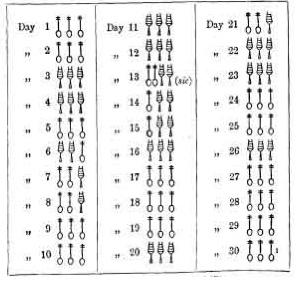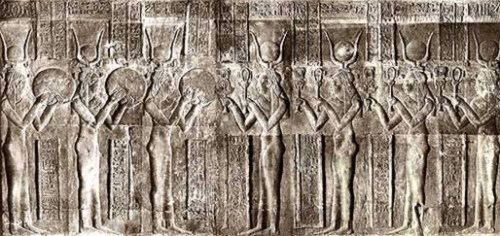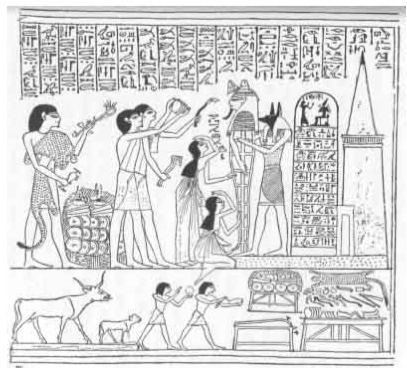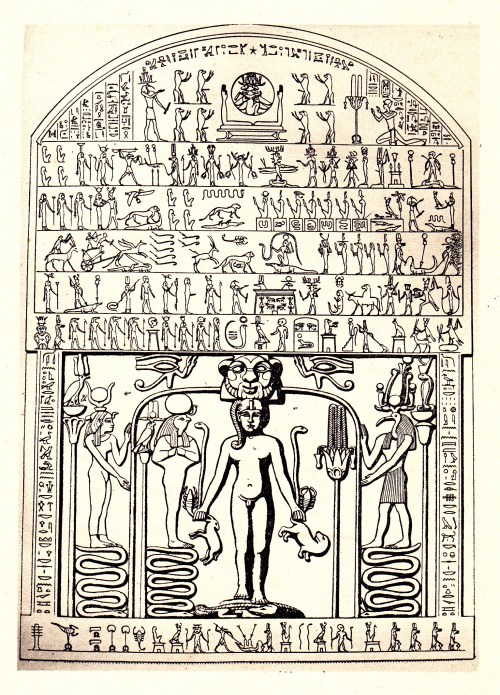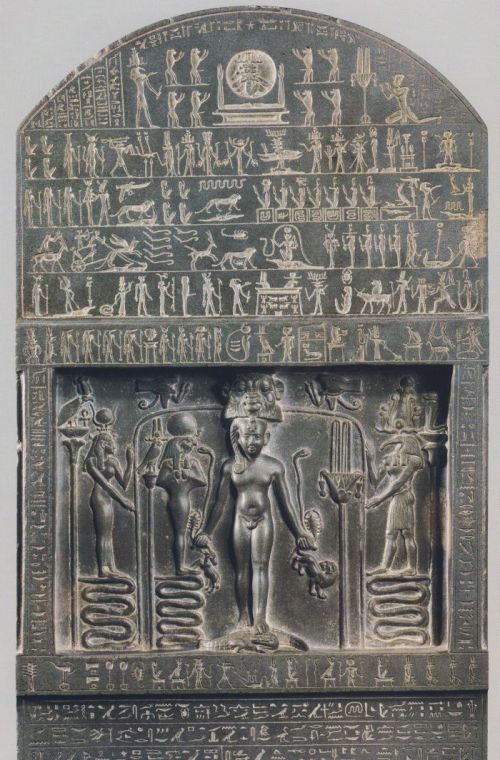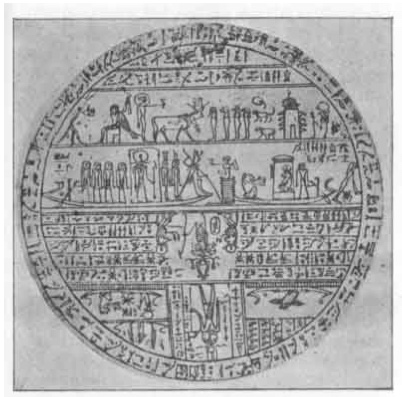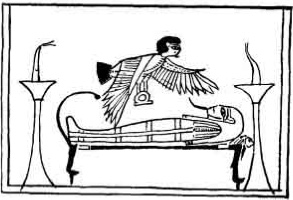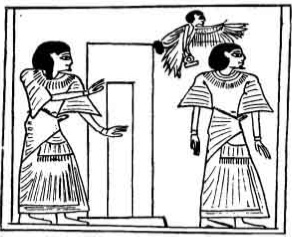An Excerpt from Lenormant’s Chaldean Magic, Contrasted with Egyptian Magic
“After having put the reader in the way of comparing for himself the Egyptian and Chaldean magical formula, there is no need for me to pursue further the marked difference between the two systems, for this is evident to all students. The fundamental beliefs and ideas of magic superstition in Egypt and Chaldea were as different in their character as were the forms of their incantations.
In the Egyptian documents we perceive no trace of those elementary spirits, some good and some bad, endowed with a distinct personality, which Chaldeans believed to have been spread all over the world, the objects either of propitiatory incantations or the most terrible exorcisms.
On the other hand, the Chaldeans in no way entertained the idea of being able to elevate a man into a kind of demigod by means of their formulae, and of identifying him with the greatest personages of the celestial hierarchy.
Neither did they pretend that those formulae had any power to command the gods or to compel them to obey. Their magic belonged to the intermediate spiritual state, and there its powers were displayed.
If they required the help of the supreme gods, that was to be obtained by means of prayers and supplications; and not by compulsion; indeed, and we shall refer to this idea again, even their prayers were not all powerful to accomplish the desires of the suppliant unless they were presented to the gods by a mediator.
True indeed there was a supreme name which possessed the power of commanding the gods, and exacting from them a perfect obedience, but that name remained the inviolable secret of Hea.
The initiated need never hope to attain to such an awful height of knowledge as he might in the Egyptian system. In exceptionally grave cases he besought Hea, through the mediator Silik-mulu-khi, to pronounce the solemn word in order to reestablish order in the world and restrain the powers of the abyss.
But the enchanter did not know that name, and could not in consequence introduce it into his formulae, even although they were tested to remain for ever concealed in mystery.
He could not obtain or make use of it, he only requested the god who knew it to employ it, without endeavoring to penetrate the terrible secret himself.
The primitive simplicity of the incantations of Chaldean magic strikes us forcibly when we compare them with those of the Egyptian magic, and this fact gives to them a stamp of greater antiquity.
Every thing is expressed very clearly and simply without any attempt at obscurity, or premeditated complications. The belief in spirits is seen there in its most ancient and perfect form, without any philosophical refinement as to the divine substance, without a single trace of mysticism, and above all without any allusions to the vast number of mythological legends which fill the Egyptian formulae, and render them perfectly unintelligible without a voluminous commentary.
It is easy on the contrary to understand the magical formulae in the Accadian language, which were preserved in Chaldea until the breaking up of the sacerdotal schools on the borders of the Euphrates, and which Ashurbanipal had copied for the royal library in Nineveh about the VIIth century, BCE.
They contain no mysteries, and the sacerdotal secret, if there were one, consisted in the precise knowledge of the exact terms of the incantations, sacred from their antiquity, and no doubt also from the idea that they were of divine origin.
The formulae were the work of a people who possessed as yet no esoteric doctrines and no mystical initiations; amongst whom the science of magic consisted simply in a practical acquaintance by the priests with certain rites and words, by means of which they fancied themselves able to establish a communication with the world of spirits, whilst at the same time their conception of those spirits difference from the popular superstitions only by a little more systematic regularity in their position, hierarchy and privileges.
It is for this reason that the Accadian magic preserved, even during the centuries of the greatest splendor of Babylon and Assyria, the appearance of extreme antiquity and the spirit of the earliest ages, by the side of the learned religion which sprang up later in the same places, and which accepted the existence of this magic by placing in the canon of its sacred books the old Accadian incantations, and giving a place, though indeed an insubordinate one, in its theological system to the genii who were invoked in these incantations.
At the bottom, as we shall see, magic was not separated in Chaldea from the religion of the historical centuries; it was a new twig from an entirely different plant which was grafted for good or for evil upon the trunk from the time that its existence was recognized, and tolerated instead of being annihilated.
But facts oblige us to see in it also the remains of an earlier religious system, of a still rudimentary and coarse naturalism, which arose from the ideas of a primitive population belonging to a race entirely different from that among which the Chaldaic-Assyrian religion existed.
In the civilization which gradually spread over the borders of the Tigris and Euphrates from the fusion of the Sumerians, and the Accadians, the Semit-Kushites and the Turanians, religion and magic were peaceably united, although they originated in the two opposing elements of the people.
This I think will be made evident by placing the doctrines of the magic books which were originally written in the Accadian language, and the discovery of which we owe to Sir Henry Rawlinson, in comparison with those of the later official religion and of the public worship, as they appear in many documents.”
François Lenormant, Chaldean Magic, “Contrasts between the Accadian and Egyptian magic,” Chapter VIII, 1878, pp. 107-110. Originally published as La Magie Chez Les Chaldeens, 1847.


